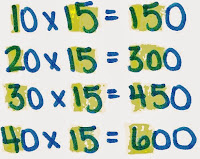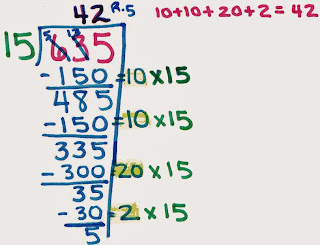Savvy readers know that narrative nonfiction is just a nonfiction text (a text designed to teach its reader) in disguise as an entertaining story. But those same savvy readers know that a story is a story is a story, no matter whether it's true or false. And how do we think about the stories we read? We think about the characters! This means we temporarily set aside all that we've learned about reading nonfiction -- boxing in main ideas of sections, listing (with bullets) the details that support those ideas, turning headings into questions, and using text features to deepen our learning -- and return to our sticky note type thoughts.
Readers should ask themselves:
- What kind of person is this character? What are their traits?
- What does this character want or need?
- What are their obstacles, dangers or struggles?
After we finish the text, we can use the "Somebody-Wanted-But-So-Then" one-sentence summary frame to help us focus on what this true story taught.

When we read Bamboo Valley: A Story of Chinese Bamboo Forest, we realized quickly that we needed to expand our definition of a main character to include animals, or perhaps even plants. In this story, readers found the main character, a young panda, used his persistent, peaceful nature to overcome many obstacles to surviving alone in the forests of China. They summarized this book like this:
The panda wanted to find a new home with water, live bamboo, and shelter, but everywhere he looked there was already another animal living there or no food, so he kept looking and walking for many miles, then he finally found a new valley with live bamboo & water.
But just thinking about what you read isn't always enough. Just as we would ask ourselves, "Why is this important?" after we finish an informational text, we must think deeply to find the unifying ideas within a narrative nonfiction. One strategy for digging deeper into a true story is to think about the character's choices, challenges and lessons.
Today, our readers recognized that, on a December 1st, very long ago, Mrs. Parks made a pivotal choice, or a choice that changed the course of her story, when she said "no" to not only the bus driver, but also the police officer, when she was asked to give up her seat. Readers quickly saw that the immediate consequence of her arrest was only one of many effects of this choice. (We learned that the word "consequence" doesn't always mean "punishment"!) As a result of her personal choice, the women of her community organized a bus boycott, Dr. Martin Luther King, Jr. brought national attention to her situation, and people all over the nation sent their support to those boycotting the buses. Ultimately, her simple choice to say "no" led to change on a national level. To us, this meant we could make a small choice -- whether it's picking up trash on the beach or playground, or inviting someone to join us at the lunch table or on the recess field -- and know that our small choice could somehow lead to a big change, bigger than we might ever imagined possible!
Readers, we thought about so much more today. What were some of your "take away" thoughts after reading Rosa, by Nikki Giovanni? What do you recall about her challenges? What helped her through these challenges? How could we carry a little piece of this story and what it's taught us into our lives today? Take a moment to share with the world and our Chets Creek community what lessons we could take from this remarkable story.


















